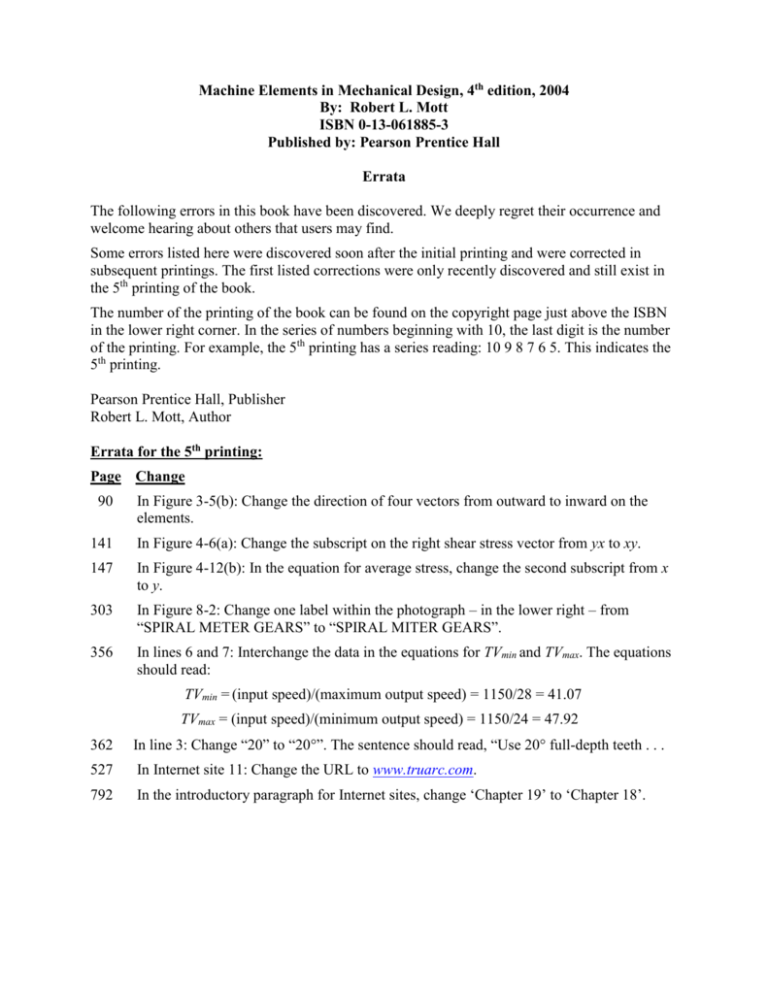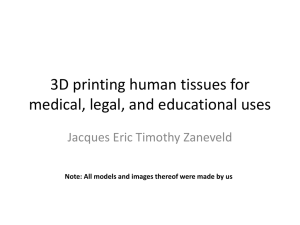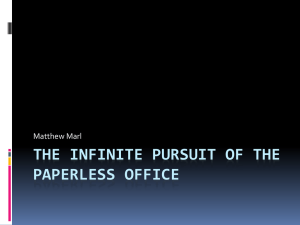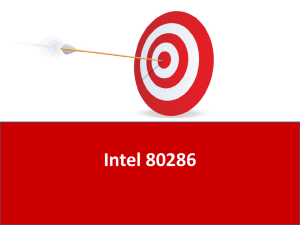
Machine Elements in Mechanical Design, 4th edition, 2004
By: Robert L. Mott
ISBN 0-13-061885-3
Published by: Pearson Prentice Hall
Errata
The following errors in this book have been discovered. We deeply regret their occurrence and
welcome hearing about others that users may find.
Some errors listed here were discovered soon after the initial printing and were corrected in
subsequent printings. The first listed corrections were only recently discovered and still exist in
the 5th printing of the book.
The number of the printing of the book can be found on the copyright page just above the ISBN
in the lower right corner. In the series of numbers beginning with 10, the last digit is the number
of the printing. For example, the 5th printing has a series reading: 10 9 8 7 6 5. This indicates the
5th printing.
Pearson Prentice Hall, Publisher
Robert L. Mott, Author
Errata for the 5th printing:
Page Change
90
In Figure 3-5(b): Change the direction of four vectors from outward to inward on the
elements.
141
In Figure 4-6(a): Change the subscript on the right shear stress vector from yx to xy.
147
In Figure 4-12(b): In the equation for average stress, change the second subscript from x
to y.
303
In Figure 8-2: Change one label within the photograph – in the lower right – from
“SPIRAL METER GEARS” to “SPIRAL MITER GEARS”.
356
In lines 6 and 7: Interchange the data in the equations for TVmin and TVmax. The equations
should read:
TVmin = (input speed)/(maximum output speed) = 1150/28 = 41.07
TVmax = (input speed)/(minimum output speed) = 1150/24 = 47.92
362
In line 3: Change “20” to “20”. The sentence should read, “Use 20 full-depth teeth . . .
527
In Internet site 11: Change the URL to www.truarc.com.
792
In the introductory paragraph for Internet sites, change ‘Chapter 19’ to ‘Chapter 18’.
Errata submitted earlier which were corrected in printings 2 – 4. It is unclear exactly in
which printing the corrections were made.
Page Change
38
In Figure 2-6(b): In the drawing of the Charpy impact test specimen, the right face should
have a sharp vee in the middle opposite the striking edge of the pendulum. The vee should
look similar to that seen on the right face of the Izod specimen in part (a) of the figure.
86
In the left column, Step 1, Item 1: Change 2.667 to 26.67.
98
In the first line of Example Problem 3-8: Change 2.00 to 2.50.
181
The statement of Example Problem 5-3 at the bottom of the page should read as follows.
The changed wording is underscored here:
Estimate the actual endurance strength of cast steel having an ultimate strength of 120 ksi
when used in a bar subjected to a reversed, repeated, bending load. The bar will be
machined to a rectangular cross section, 1.50 in wide 2.00 in high.
182
In the solution for Example Problem 5-3, the changes to the problem statement given
above require the following changes:
Objective
Compute the estimated actual endurance strength of the bar material.
In third line of “Given” section:
Type of stress: Repeated, reversed bending
Change in
Step 5: Type-of-stress factor for bending: Cs = 1.00
In the final equation of the problem, change to read:
sn’ = sn(Cm)(Cst)(CR)(Cs) = 44 ksi(0.80)(1.00)(0.81)(0.85) = 24.2 ksi
191
In Figure 5-15: Remove the minus signs ( - ) from the labels sy and su at the right end of
the horizontal axis of the diagram.
220
Change the statement of Problem 14 to:
Compute the estimated actual endurance strength
for a machined rectangular steel bar (ASTM
A242) 3.5 in high by 0.375 in thick, subjected to
repeated bending stress. A reliability of 99% is
desired.
223
In Figure P5-61: Change the load of “600 lb” to “1200 lb” in both parts (a) and (b).
278
In the solution for Example Problem 7-1, in Step 1.: Change the service factor from 1.40
to 1.30. The resulting wording will be: [Changes underscored]
Step 1. Compute the design power. From Table 7-1, for a normal torque electric motor
running 12 h daily driving a bucket elevator, the service factor is 1.30. Then the design
power is 1.40(50.0 hp) = 65.0 hp.
279
The change given above for page 278 requires the change to the last line of the Solution
to:
Number of belts = 65.0/24.86 = 2.61 belts (Use 3 belts)
(Continued) Errata submitted earlier which were corrected in printings 2 – 4. It is unclear
exactly in which printing the corrections were made.
Page Change
388
Add in the left margin in line with Equation (9-15):
Bending Stress
Number, st
394
In Example Problem 9-1, middle of page, in the calculation for stP: Change (28) to (8).
446
In Problem 37, line 3: Change the quality number from “5” to “6”.
548
In Design Example 12-1, in line 8 of the Solution: Change the word “modified” to
“estimated actual”. The sentence should then read,
Now we can compute the estimated actual endurance strength:
587
Add the numeral 2 in the denominator of both Equations 13-2 and 13-3. Place the 2 in
front of the variable b.
589
In Example Problem 13-2: Add the numeral 2 in the denominator of Equation 13-3 in the
equations near the bottom of the page. Place the 2 in front of the variable b, as called for
in the changes to page 587, and make numerical changes to the results of calculations:
Change the computed pressure from 7034 to 3518 – twice.
Change the computed stress o from 21 692 to 10 846.
590
Continue the corrections to Example Problem 13-2 as described for pages 587 and 589:
Change the computed pressure from 7034 to 3518 – three times; in the calculations for i,
o, and i.
Change the computed stress i from 32 050 to 16 025.
Change the computed value of o from 0.00 196 in to 0.00 098 in.
Change the computed value of i from 0.00 444 in to 0.00 222 in.
In Figure 13-7, showing the spreadsheet calculations for the same data as in Example
Problem 13-2, make the same changes as called for above in the example problem itself:
Change the computed pressure from 7034 to 3518
Change the computed stress o from 21 692 to 10 846.
Change the computed stress i from 32 050 to 16 025.
Change the computed value of o from 0.00 196 in to 0.00 098 in.
Change the computed value of i from 0.00 444 in to 0.00 222 in.
628
In the statement of Problem 7: Change “12-16 and 12-17” to “12-17 and 12-18”.
673
In Example Problem 16-2, in Steps 10-11: Change 75 to 100, 0.075 to 0.100, and 0.003 to
0.004.
(Continued) Errata submitted earlier which were corrected in printings 2 – 4. It is unclear
exactly in which printing the corrections were made.
Page Change
689
At the end of the first paragraph: Change 8 to 10; Add: See also Section 9-17. The
corrected statements should then read: “See References 10 and 26 for Chapter 9. See also
Section 9-17.”






